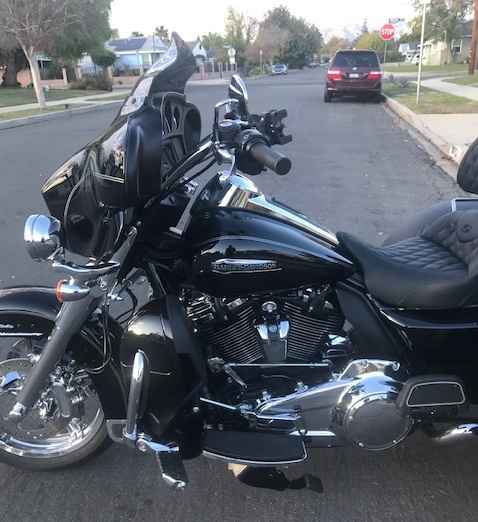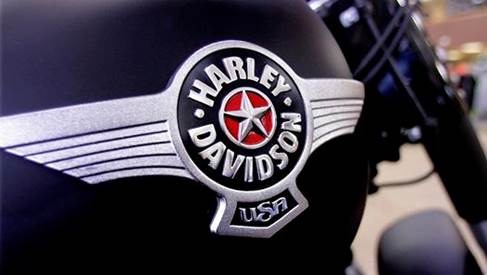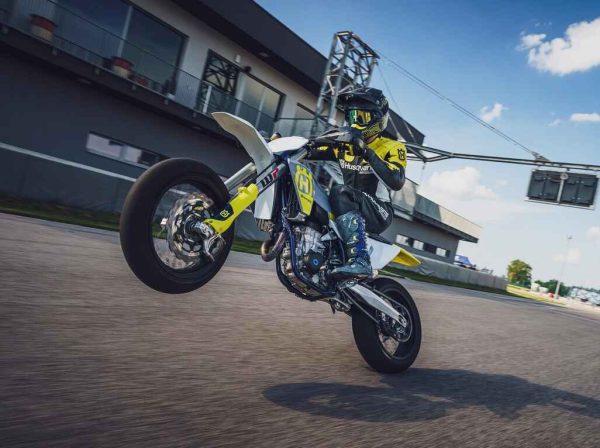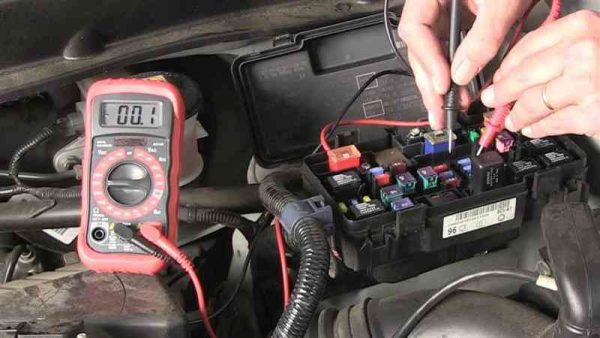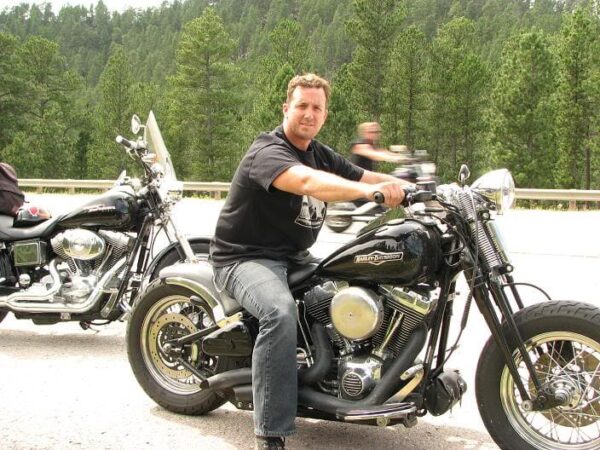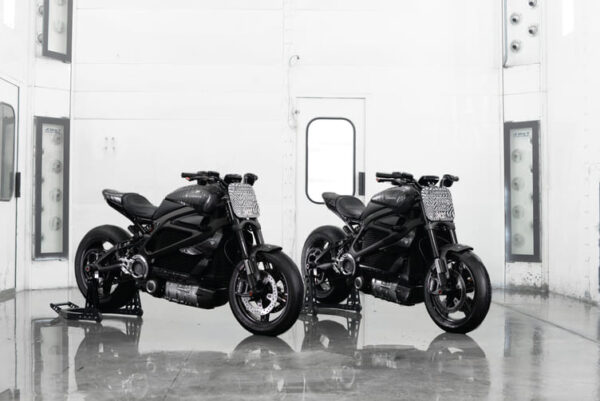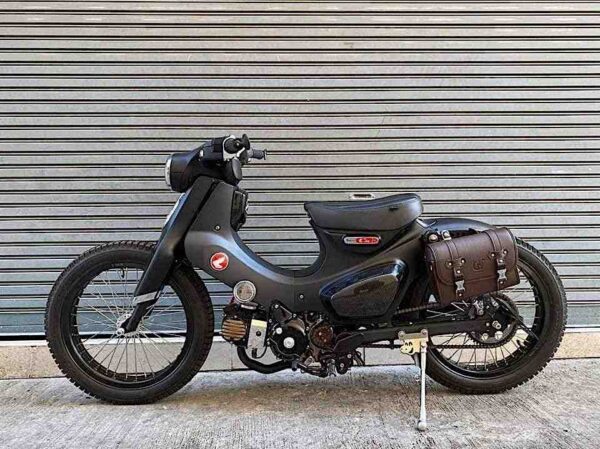Reimagined Electric Motorcycles Launch the Future of Customization LOS ANGELES, CA (December 9, 2021) – The customization potential of the LiveWire One™ electric motorcycle was on full display on Saturday, Dec. 4 at Autopia 2099, a new and dedicated EV event held at Optimist Studios in Los Angeles designed to showcase electric cars, trucks, motorcycles, bicycles, and other mobility solutions. The event featured more than 80 vehicles, from home-built and conversion EVs to brand new cars and trucks, plus a display of what the event organizers called retrofuturism. Two custom motorcycle builders, SMCO and Earle Motors, presented the first fully customized LiveWire One motorcycles, both of which originated in Los Angeles, a city rapidly becoming LiveWire’s most successful market. “The custom bikes showcased at Autopia make a big statement on behalf of LiveWire,” said Ryan Morrissey, Chief Electric Vehicle Officer. “Personalization has always been an element of motorcycle culture, and this weekend SMCO and Earle Motors demonstrated the customization potential of LiveWire One. These custom bikes and components are early indicators of our intent to incorporate limited edition builds and accessories into the digital bike builder on LiveWire.com.” SMCO: LiveWire One Hooligan Racer Brothers Aaron and Shaun Guardado started racing as young teenagers, first in shifter karts and then in high performance import cars before they turned their attention to motorcycles. They founded SMCO in 2010 to sell branded T-shirts and started building custom competition motorcycles in their Long Beach, Calif., shop to back up the brand and feed their appetite for racing and performance. Now in their mid-30s, the brothers have built serious Harley-Davidson flat trackers and performance bikes for hooligan racing, and even converted a pair of Harley-Davidson® Street Rod® motorcycles into snow bikes for a winter hill climb at the ESPN X Games. “When we got our

